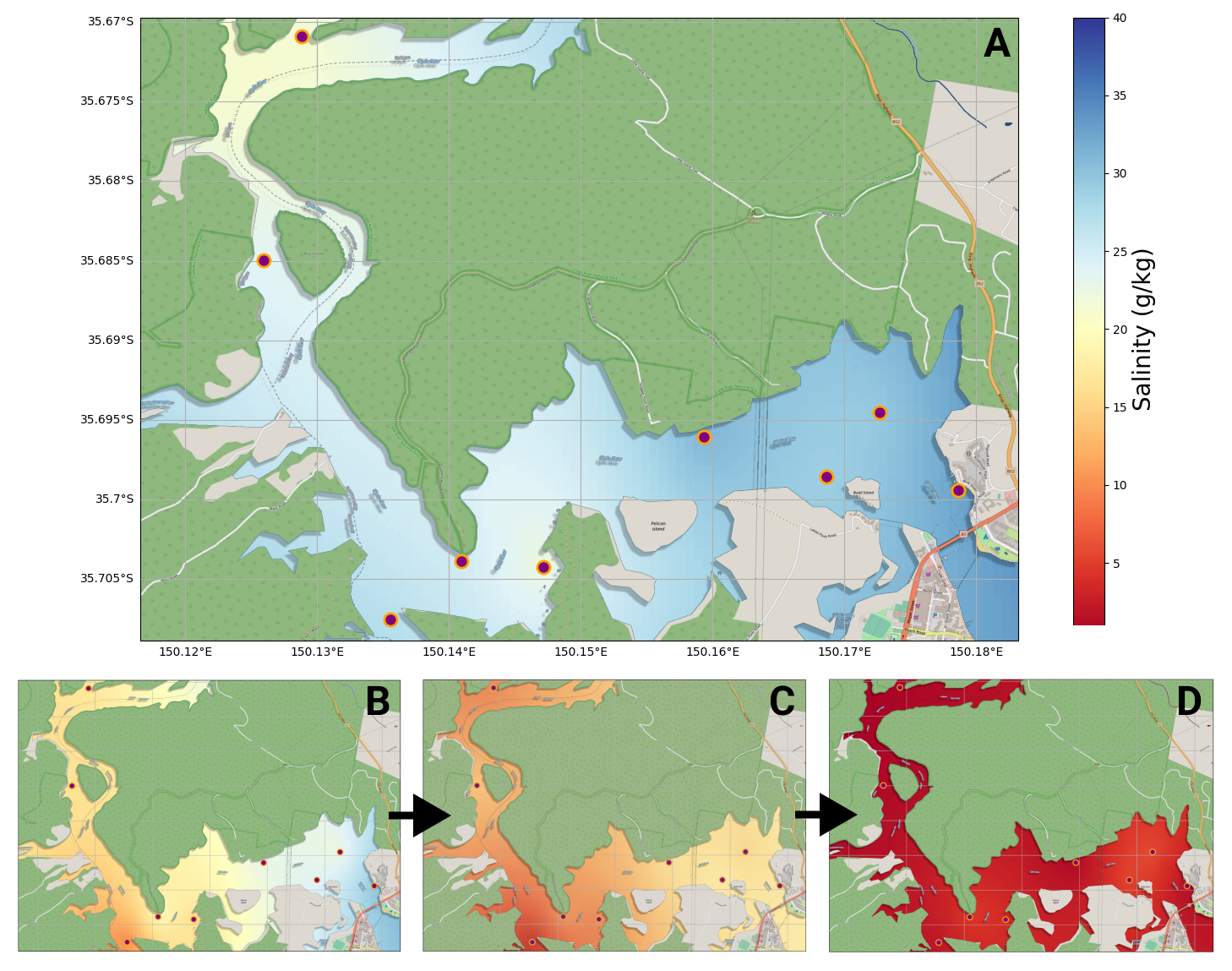Fisheries Pilot Poster
(PDF, 11980.94 KB)

Kevin and Ewan McAsh - Farmer Stories
Using innovative thinking, the McAsh's have developed a comprehensive management app that revolutionises oyster farming, allowing farmers to more accurately and efficiently keep track of stock.

Climate-Smart Farmer Stories
Hear from farmers who are adapting to the changing climate.This work was part of the Primary Industries Climate Change Research Strategy and was funded by the NSW Government’s Climate Change Fund.
 Pests and disease impact oyster health causing reduced growth and increase mortality due to air heatwaves and decreased salinity.
Pests and disease impact oyster health causing reduced growth and increase mortality due to air heatwaves and decreased salinity.
